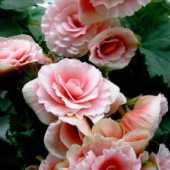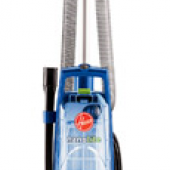- 1 of 14333
- next ›
Champagne in the States, a Sacrilege in France
Champagne in the States, a Sacrilege in France
First of all, champagne comes from the viticultural region that bears the same name, about 130 kilometers north of Paris, France. This area encompasses the cities of Aisne, Reims, Aube, Epernay, Marne, Haute-Marne, and Seine-et-Marne to name a few. Sparking wine that comes from any other region in the world is not therefore champagne, but merely sparking white wine. Another distinction of true champagne is the way it’s created, bottled, and aged. True champagne is grown in the Champagne region and follows the strict “methode champenois” every step of the way. This process, or as it translates, the “people of the Champagne region’s method” ensures the high quality and uniformity of the liquid. If the label does not contain the words “methode champenois” it is not Champagne. Another interesting part of this method is the way that sediments are filtered out of the aging bottles. Makers of champagne will freeze the necks in a brine solution then open the bottle to release a frozen plug of sediment. This lack of sediment and method of removing it is unique to the Champagne region and has been occurring for as long as people have made the distinction between sparking white wine and true champagne.
The relative ignorance of this process that many Americans have helps to perpetuate another myth- the idea that aged Champagne or sparking white wine is better than its freshly bottled sibling. There is really no benefit to aging a bottle of champagne since the sediments into are collected and expunged in a very traditional way. Aging a bottle of champagne serves no benefit unless the bottle is being saved in order to savor a specific vintage further down the road. Many people have enjoyed this libation all over the world, and particular vintages can command premiums from Champagne connoisseurs.
It is illegal in France to call a bottle of sparking white wine "Champagne" if it does not meet the criteria of being crafted in the"methode champenois". People all over France enjoy champagne and the idea that something can be as pure and as unique from the first to the last sip. Tradition and history are important to many vintners in the Champagne region and lawsuits against other growers and bottlers involving claims of dishonesty about the true origins of the grapes and methods of bottling and aging are not uncommon. What is uncommon is finding a bottle of champagne in the US that is actually what it says it is, champagne.


